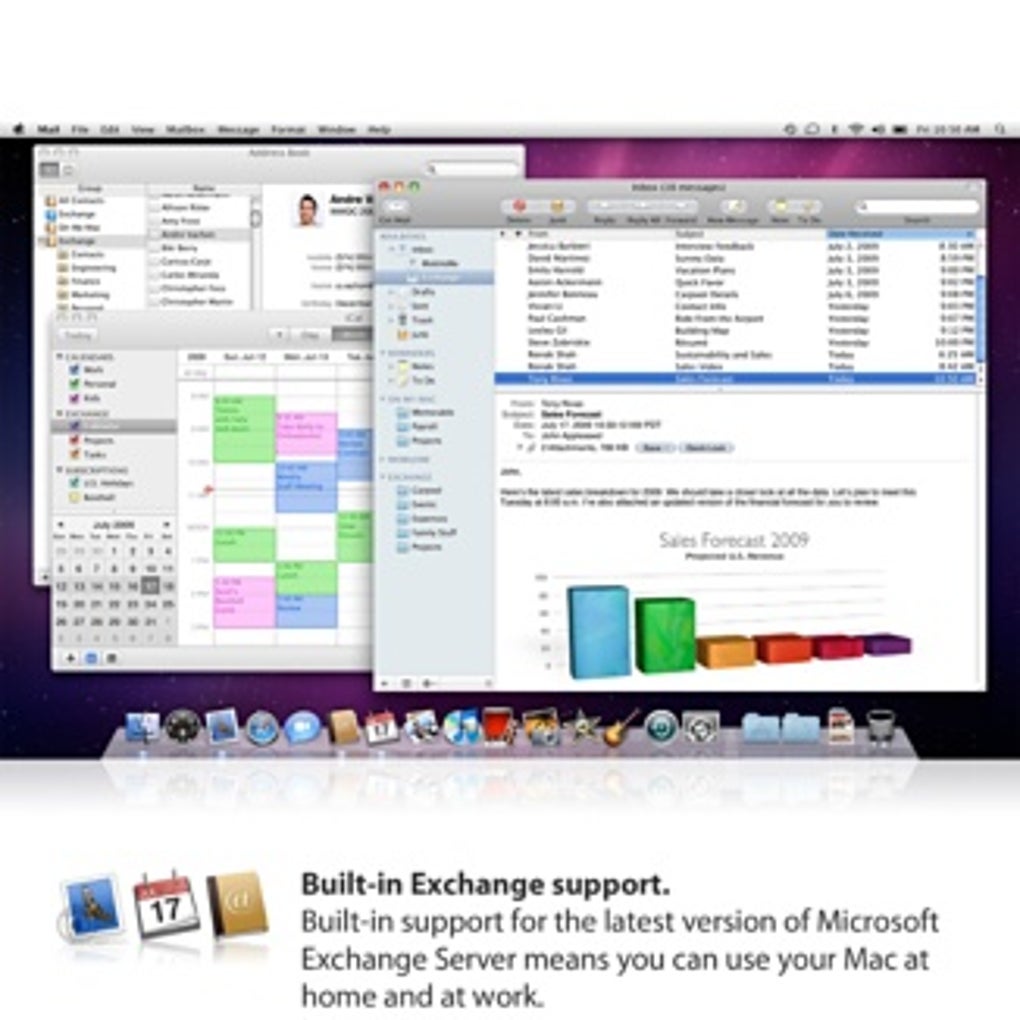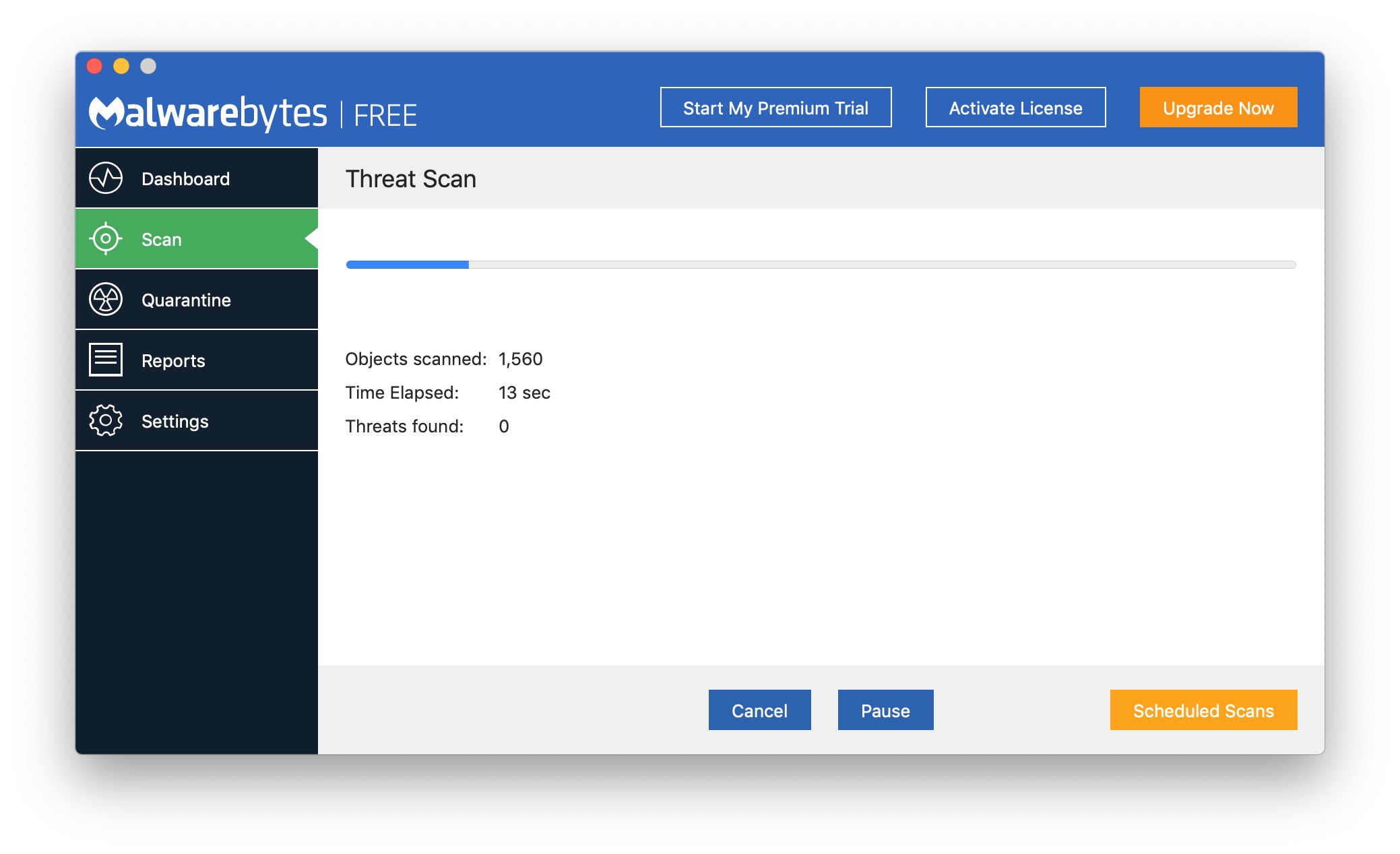May 29, 2011 Mac OS X 10.6.8 to Remove MacDefender Malware and Ready Macs for Lion Upgrade May 29, 2011 - 5 Comments The release of Mac OS X 10.6.8 looks to be right around the corner with another developer build being issued for beta testing. Mac Malware Remover for Mac is a simple program that effectively scans for a few known Mac viruses, but lacks the features of a full security program. The program download completed as quickly as.
Published November 7th, 2013 at 3:36 PM EST , modified July 15th, 2015 at 7:41 PM EDT
Adware has been a plague on the Windows world for years. Unfortunately, this plague has begun to spread to the Mac as well. There are a number of different programs out there that serve no useful purpose except to shove ads in your face, all just to make money for the developer of the adware. Because it lives in the borderline between malware and legit software, though, detection by anti-virus software can be very hit-or-miss. This can make removal difficult.
Where does it come from?

Adware often comes packaged in installers for other software. Most often, this is because something was downloaded illegally from a torrent or piracy site. Sometimes it is because it has been added to a legit piece of software by an unscrupulous download site. (Even well-known download sites, such as Download.com and Softonic, have resorted to this kind of unethical behavior, and should never be used.) Other times it is because a developer has opted to use an adware-riddled installer, provided with incentives from the adware creator, to distribute their software. It could even be installed through deceit, by pretending to be something that it is not in order to trick the user into installing it. (This last type is usually the only type that is detected as malware by anti-virus software.)
What are the symptoms?
The most typical symptom of such adware is the display of advertisements on your Mac where none should exist. Adware also will often change your browser’s home page and search engine settings, and may even cause redirects from legit sites to sites constructed for the financial benefit of the adware developer. It can also cause secondary problems, such as web pages displaying incorrectly (due to insertion of foreign HTML code) or browser crashes.
However, problems with unwanted ads in the web browser are not necessarily caused by adware on your computer. They could also be caused by a compromised network or a problem with the site itself.
Before removing
Before you do anything to remove adware, you should back up your computer. There is some risk any time you try removing software like adware, and the risk is larger if you choose to try removing the adware manually if directions aren’t followed precisely. If you don’t already have your computer backed up, go buy yourself an external hard drive around 2 (or more) times larger than the used disk space on your computer’s hard drive, and use Time Machine to back up your computer to that hard drive.
Step 1: Scan with Malwarebytes Anti-Malware for Mac
Download and run Malwarebytes Anti-Malware for Mac. (MBAM for Mac requires Mac OS X 10.7 or later. If you are using Mac OS X 10.6.8 or older, you will need to follow the manual instructions. See step 1b below.)
MBAM for Mac will scan your system and help you remove any known adware automatically. Be sure to pay attention to any prompts, as you may need to decide whether or not to delete certain preference files, or may need to restart the computer and then do another scan. Read the prompts carefully, and be sure you understand and follow all instructions.

Step 1b: Manual Removal
If you are willing and able to run Malwarebytes Anti-Malware for Mac, there is no reason to try manual removal.
However, if you simply prefer to do things manually, or if you’re using a version of Mac OS X that MBAM for Mac doesn’t support, then you can try the manual removal instructions instead. If you opt for manual removal, be sure to follow the directions very carefully! Be aware that, for some adware, there is some risk involved with manual removal if you accidentally delete the wrong thing or don’t follow the instructions carefully. Some adware can cause your system to crash and be unable to start back up if the instructions aren’t followed carefully!
Step 2: Check for other causes
If you don’t find any signs of adware, your problems may not actually be caused by adware at all. You may be on a compromised network, or an ad-supported wifi network. You may also be looking at a site that has been hacked, or even just an ordinary bad site.
Step 3: Report new adware
If you have followed the instructions in the first two steps carefully, but you found no adware in step 1 and the tests in step 2 indicate that the problem is due to adware, you can contact Malwarebytes support by opening Malwarebytes Anti-Malware for Mac and choosing Contact Support from the Help menu. You’ll be asked to fill in your name and a description of the problem (please be as complete and clear as possible!), and then you can send the report, which will include some basic information about your system, to Malwarebytes via e-mail.
A phishing scam has targeted Mac users by redirecting them from legitimate websites to fake websites which tell them that their computer is infected with a virus. The user is then offered Mac Defender 'anti-virus' software to solve the issue.
This “anti-virus” software is malware (i.e. malicious software). Its ultimate goal is to get the user's credit card information which may be used for fraudulent purposes.
The most common names for this malware are MacDefender, MacProtector and MacSecurity.
Apple released a free software update (Security Update 2011-003) that will automatically find and remove Mac Defender malware and its known variants.
The Resolution section below also provides step-by-step instructions on how to avoid or manually remove this malware.
Mac Os X 10.6 Torrent
Resolution
How to avoid installing this malware
If any notifications about viruses or security software appear, quit Safari or any other browser that you are using. If a normal attempt at quitting the browser doesn’t work, then Force Quit the browser.
In some cases, your browser may automatically download and launch the installer for this malicious software. If this happens, cancel the installation process; do not enter your administrator password. Delete the installer immediately using the steps below.
- Go into the Downloads folder, or your preferred download location.
- Drag the installer to the Trash.
- Empty the Trash.
How to remove this malware
If the malware has been installed, we recommend the following actions:
- Do not provide your credit card information under any circumstances.
- Use the Removal Steps below.

Removal steps
- Move or close the Scan Window.
- Go to the Utilities folder in the Applications folder and launch Activity Monitor.
- Choose All Processes from the pop up menu in the upper right corner of the window.
- Under the Process Name column, look for the name of the app and click to select it; common app names include: MacDefender, MacSecurity or MacProtector.
- Click the Quit Process button in the upper left corner of the window and select Quit.
- Quit Activity Monitor application.
- Open the Applications folder.
- Locate the app ex. MacDefender, MacSecurity, MacProtector or other name.
- Drag to Trash, and empty Trash.
Malware also installs a login item in your account in System Preferences. Removal of the login item is not necessary, but you can remove it by following the steps below.
- Open System Preferences, select Accounts, then Login Items
- Select the name of the app you removed in the steps above ex. MacDefender, MacSecurity, MacProtector
- Click the minus button
Use the steps in the “How to avoid installing this malware” section above to remove the installer from the download location.
Malware Removal For Mac Os X 10.6 8ate Mac Os X 10 6 8 To 10 9
Note: Apple provides security updates for the Mac exclusively through Software Update and the Apple Support Downloads site. User should exercise caution any time they are asked to enter sensitive personal information online.